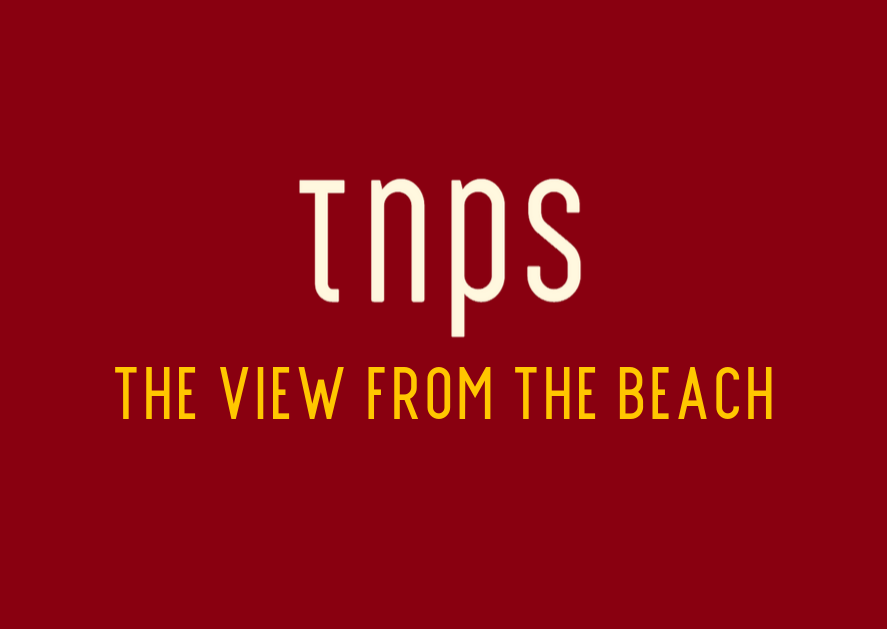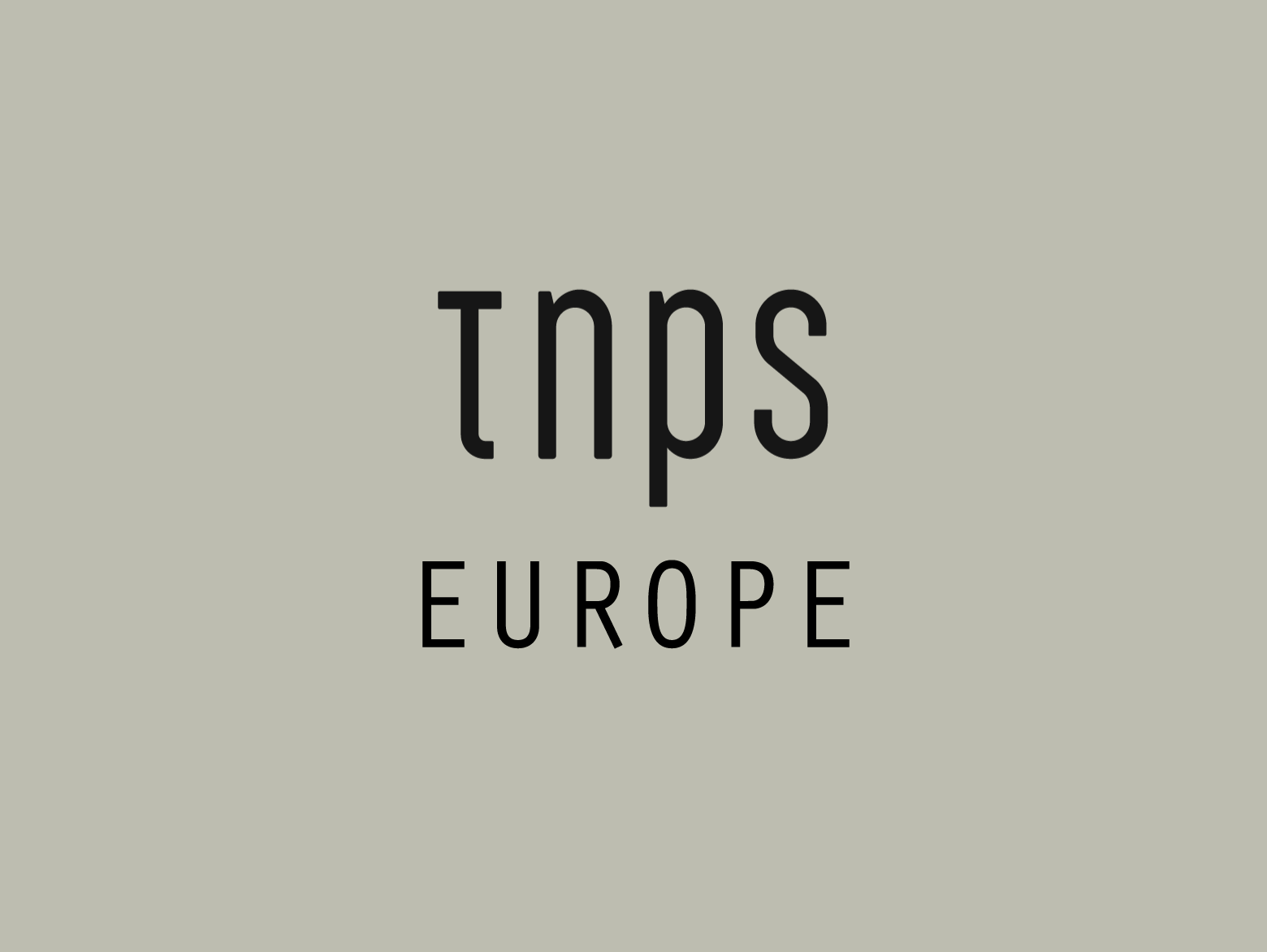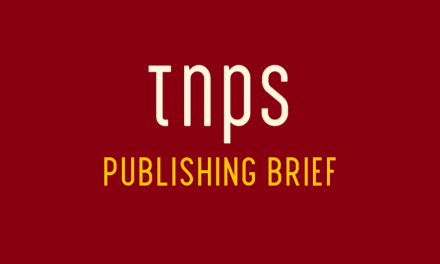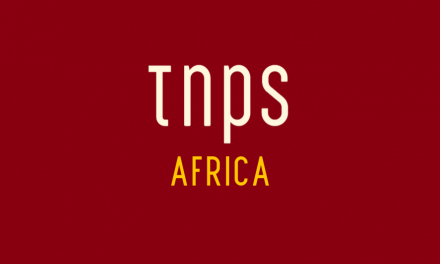That’s up $72 million on 2021, at a time when the preferred mainstream publishing narrative is that the industry, and especially the ebook sector, is seeing a downturn.
Rüdiger Wischenbart is conducting a survey to establish just how big the invisible book market is beyond the cosy mainstream publishing western industry so many in publishing lovingly believe is the entirety of the global publishing scene.
Indeed I suspect some in the western industry will be less than excited by Wischenbart’s project, which wants to encompass not just that Dick Dastardly digital villain self-publishing, but also online reading, in all its myriad forms beyond what western industry folk call “a book”.
I’ll be digging deep into the TNPS archives to contribute, of course, as the invisible book markets have been on the TNPS agenda since we launched back in 2017, but January 2023 brings us a serendipitous starting point to size up a portion of the self-publishing subscription market, because the December Kindle Unlimited “pot” has just been announced by Amazon and we now have the full pay-out for 2022.
Kindle Unlimited? That will be the ebook subscription service run in parallel to the Kindle ebook store, that has been largely eschewed by mainstream publishers as an affront to civilisation, and so is mostly the home of self-published, small press and APub titles.
The handful of “Big Pub” titles in the store get paid à la carte for each download, as do APub authors. Publishers not big enough to warrant a KEP account and using KDP along with self-publishers, get paid from a monthly pot, shared among authors and publishers by pages read.
At which point newcomers to TNPS may be thinking, shame about that typo in the headline. Everyone knows ebooks are on the way out, and anyway nobody buys self-published books. Full of typos, like that headline. A half billion bucks? You mean a half million, right?
Er, no. No typo. In 2022 Amazon’s Kindle Unlimited ebook subscription pot paid out the following sums each month:
- $42.2 million in January
- $39.4 million in February
- $41.4 million in March
- $41.5 million in April
- $43.3 million in May
- $43.4 million in June
- $45.0 million in July
- $45.1 million in August
- $45.1 million in September
- $45.2 million in October
- $45.2 million in November
- $45.3 million in December
Total : $522.1 million. In one year.
That’s up $72 million on 2021 at a time when the mainstream publishing narrative is that the industry, and especially the ebook sector, is seeing a downturn.
We wont have the Nielsen or APA figures for a while yet, but that doesn’t really matter, because none of this half billion dollars – and remember this is net payout as subscription royalties, not gross sales revenue – will be counted in those reports, which we can safely say will put the book market at around 20% of the total, accompanied by some nonsense about audiobook revenues about to exceed ebook revenues because consumers don’t really care for ebooks anymore.
That of course is a narrative long fostered by the Old School publishing industry giants like Markus Dohle, former CEO of PRH, who repeatedly, and without a hint of shame at promoting such a blatant falsehood, would tell us the ebook market in the US had stabilised at 20%.
Which of course is easy to believe if you simply ignore any inconvenient statistics that tell a different story.
Like with the 331 million ebook downloads from the OverDrive digital library network in 2022, many in mainstream western publishing just look the other way at any evidence the preferred narrative of print-is-king-long-live-men-in-suits might be challenged.

At which point of course to affirm print is indeed still king – in the western markets, at least. And so long as every effort is made to ensure there is no level playing field that will remain the case for the immediate future.
Markus Dohle of course led the way, famously pulling all PRH titles from every unlimited subscription service to ensure that business model did not gain too much traction. And of course Dohle was a master of the fine art of pricing frontlist hardcover books cheaper than their ebook counterparts and then telling us consumers don’t really care for digital.

For clarity, as we return to that embarrassing (for mainstream publishing) headline half a billion dollars number, lets be clear that the APA and Nielsen make no claim to report all the market (not that you’d know that given some industry media coverage that treats ther data as definitive).
What isn’t the APA counting? Essentially any publishers that do not report to the APA – which means all indie authors, APub, and countless small presses.
We cannot say just how much of that half billion bucks went to small presses as opposed to indie authors but we can say none of this cash went to APub authors. APub sales – which will be substantial as any glance at the Kindle charts will confirm –are of course not counted by the APA or Nielsen, adding another unquantified layer of revenue and downloads Dohle and co. would prefer us not to hear about.
But the invisible ebook market sector doesn’t stop there.
Because we are here only talking abut Kindle Unlimited, the ebook subscription service arm of Amazon.
On top of that half billion dollars banked, we also need to add the unquantifiable cash flowing into the pockets of indie authors and small presses from an equally unquantifiable but self-evidently huge volume of à la carte ebook sales on Amazon.
Oh, and on Apple, and Nook, and Kobo, and Google Play, and Scribd, and all the myriad other ebook platforms and subscription services that serve both the western and the global markets.
Subscription services notoriously do not pay much to authors/publishers – the December rate for indie authors in Kinde Unlimited was 0.004561577 per page read, equivalent to a royalty of around $1.35 for a 300 page book assuming all pages parsed.
Of course book lengths will vary enormously and not everyone will read every page, but the per page pay-out favours, and therefore encourages the presence of longer books, so that $1.35 figure gives us a working valuation to extrapolate from.
If we allow an average “royalty” of $1.35 per KU download and plug that into the $522,100,000 paid out in 2022 (exc. APub) then we are looking at around 386 million self-published or small-press published ebook downloads through Kindle Unlimited last year – every single one uncounted by the APA and Nielsen, along with the uncounted APub ebook downloads. And again along with the uncounted self-published, small press and APub à la carte sales.
As noted already, we won’t have the full APA and Nielsen ebook stats for 2022 anytime soon, but worth noting that the APA valued the H1 2022 US ebook market at $500 million. That’s cold hard revenue, not royalties.

The ebook market is notoriously disinclined to seasonal change, so safe to say the full 2022 APA valuation for the US ebook market will come in at around the one billion dollar mark when the time comes.
To which we can add most of that half billion from the KU pot (some will be from outside the US, but assuredly most from within – not all of Amazon’s marketplaces have Kindle stores and even fewer offer Kindle Unlimited, while the huge US marketplace overshadows all others). And we must also add the unknown but assuredly not insubstantial sum from à la carte sales by self-publishers and small presses on Amazon, plus all the uncounted Apub sales.
And while OverDrive revenue may or may not be counted by the APA, we can be sure OverDrive downloads are not, but those 331 million ebook downloads need to be factored into the total volume count that tells us how much truth there is in Markus Dohle’s fabled 20% ebook market share and his 2021 invention “digital fatigue”, or Stephen Lotinga’s fabled “screen fatigue”.
But here’s a parting thought as I wind-up this op-ed: those 311 million confirmed OverDrive ebook downloads and the guestimated 386 million Kindle Unlimited ebook downloads alone add almost 700 million ebooks to the invisible, parallel book market volume count Rüdiger Wischenbart is on a mission to size up, before we think about the uncounted self-pub and small press and APub à la carte sales on Amazon and the self-pub and small press à la carte sales on other platforms.
And before we even steer away from regular ebooks and start thinking about other untracked reading styles a and formats.
For further thoughts on the scale of that challenge, check out this TNPS post from mid-2021.






